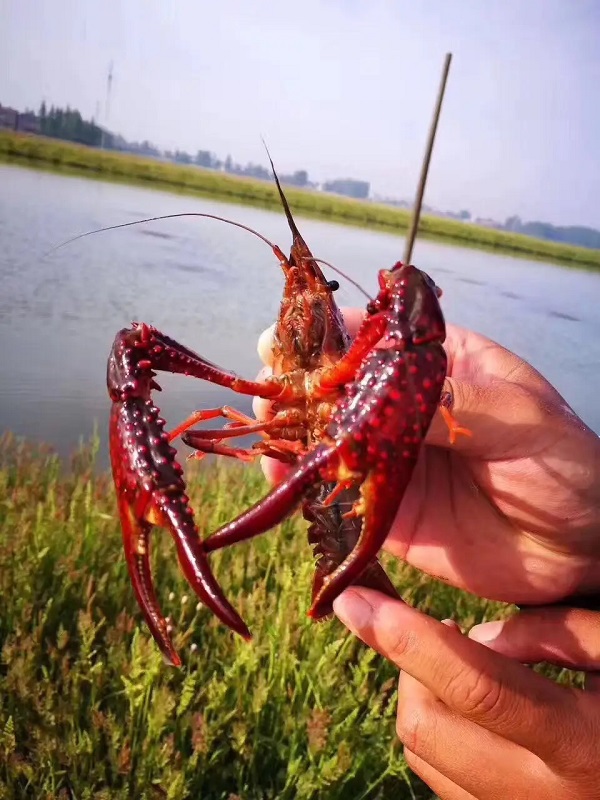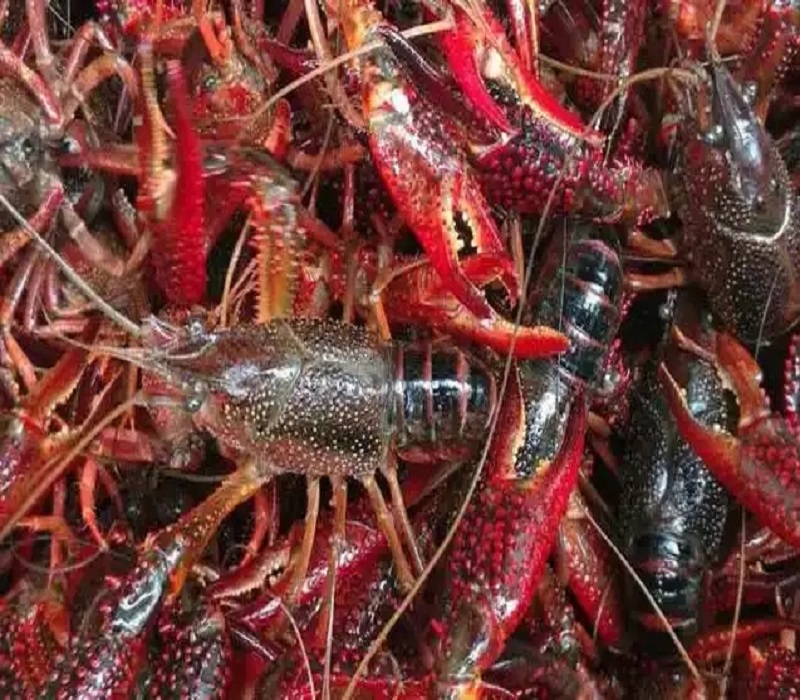1. The addition of TMAO, DMPT, and allicin alone or in combination can significantly improve the growth of crayfish, increase their weight gain rate, feed intake, and reduce feed efficiency.
2. The addition of TMAO, DMPT, and allicin alone or in combination can reduce the activity of alanine aminotransferase in crayfish serum and lower total cholesterol levels. The above three types of attractants have played an important role in preventing liver damage in crayfish and promoting their healthy growth.
3. Trimethylamine oxide (TMAO), dimethyl - β - propionate (DMPT), and allicin can increase the fat content in crayfish muscle, with allicin having a significant effect on increasing fat content. Crayfish larvae need to undergo reproductive molting during their growth and development process. Adding attractants to the feed can accelerate the growth and development of crayfish and increase the frequency of molting.
4. TMAO, DMPT, and allicin can enhance the digestive enzyme activity of crayfish, thereby improving their ability to digest and absorb nutrients and enhancing their immune status.
Introduction to three types as aquatic feed attractants:
1. Trimethylamine oxide, as a natural and safe feed additive, has broad development prospects in animal husbandry.
The main functions are:
(1) promoting the proliferation of muscle cells to promote the growth of muscle tissue.
(2) Increase bile volume and reduce fat deposition.
(3) Participate in osmotic pressure regulation of aquatic animals.
(4) Stabilize protein structure.
(5) Improve feed conversion rate.
(6) Improve lean meat percentage (by reducing ketone body fat content).
(7) The special freshness and refreshing sweetness have a tempting effect on food.
2. Dimethyl - β - propionic acid thiazole (DMPT) can receive low concentration chemical stimuli in water through the sense of smell of aquatic animals. It can distinguish chemical substances and is extremely sensitive. The folds inside its olfactory chamber can increase its contact area with the external water environment to improve its olfactory sensitivity. Therefore, fish, shrimp, and crabs have a strong feeding physiological mechanism for the unique odor of DMPT, and DMPT follows this characteristic habit of aquatic animals to increase their feeding frequency. As a food attractant and growth promoter for aquatic animals, it has a significant promoting effect on the feeding behavior and growth of various marine and freshwater fish, shrimp and crabs. Increasing the number of times aquatic animals bite the bait results in a feeding stimulation effect that is 2.55 times higher than glutamine (glutamine is known to be the most effective feeding stimulant for most freshwater fish before DMPT).
(1) The (CH3) 2S - group on the molecule of dimethyl - β - propionic acid thiazole (DMPT) has a methyl donor function and is effectively utilized by aquatic animals, promoting the secretion of digestive enzymes in the animal body, facilitating digestion and absorption of nutrients in fish, and improving feed utilization efficiency.
(2) Improve the exercise ability and stress resistance of aquatic animals (high temperature and hypoxia tolerance), enhance the adaptability and survival rate of juvenile fish, and can be used as an osmotic pressure buffering agent in the body to improve the endurance of aquatic animals to osmotic pressure fluctuations.
(3) Strong sheller like activity increases the molting speed of shrimp and crabs, especially in shrimp and crab farming
Post time: Mar-31-2025







